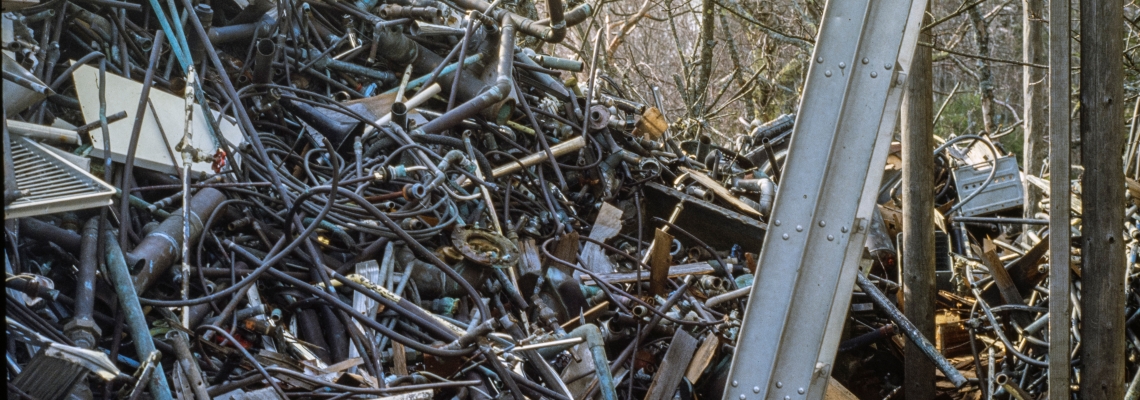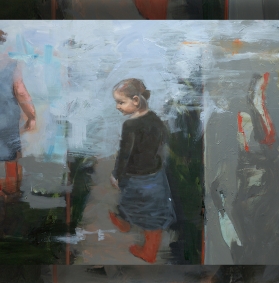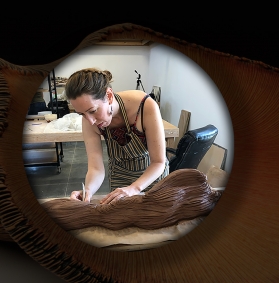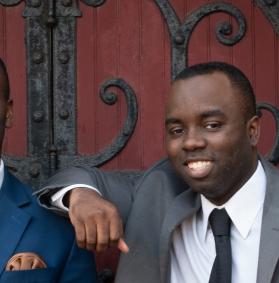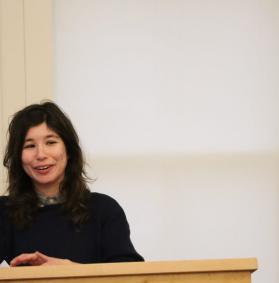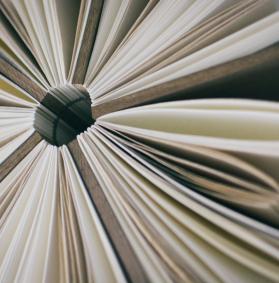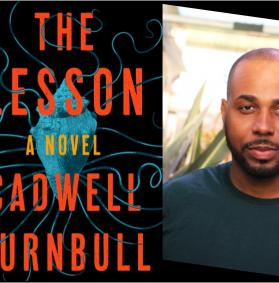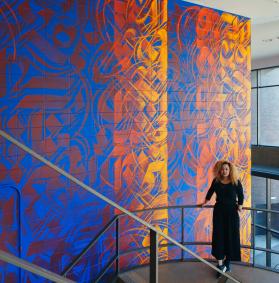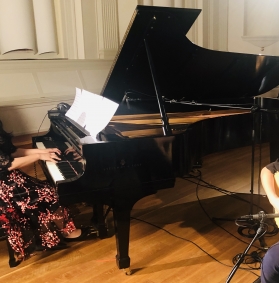Interview with Rosamond Purcell as told to Kerrie Kemperman
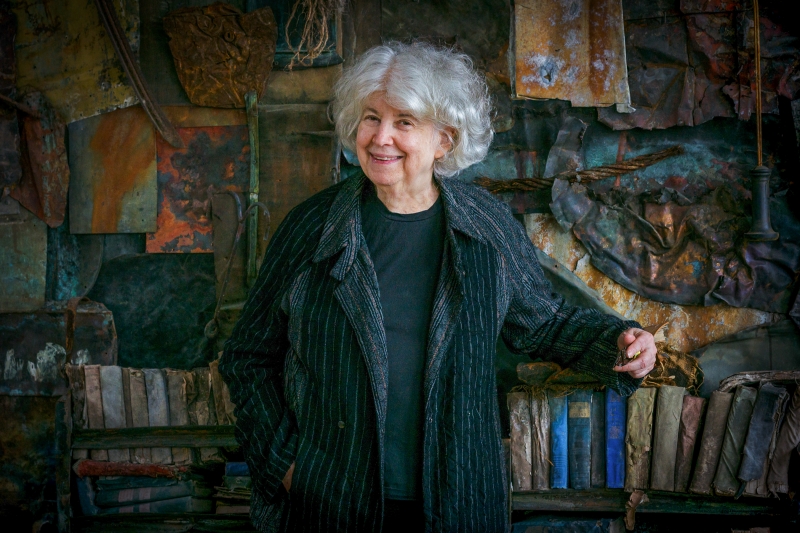 Please describe a current or recent project you've been working on. What interests or excites you about it?
Please describe a current or recent project you've been working on. What interests or excites you about it?
Over the last two months I have been working online with an expert website designer to create a record reflecting forty-five years of work, primarily in photography. I have used many approaches to the medium: all manner of cameras and films, from Polaroid Land film to medium format, darkroom black and white to the iPhone—each suited to the projects of the day. Over the years this activity has generated a great deal of material record: negatives, practice prints, transparencies and digital files. With plenty of lock-down time, I have been combing through all the evidence in storage to piece it all—or samples of it all—together.
What drew you to photography? How has your relationship with your craft evolved over time?
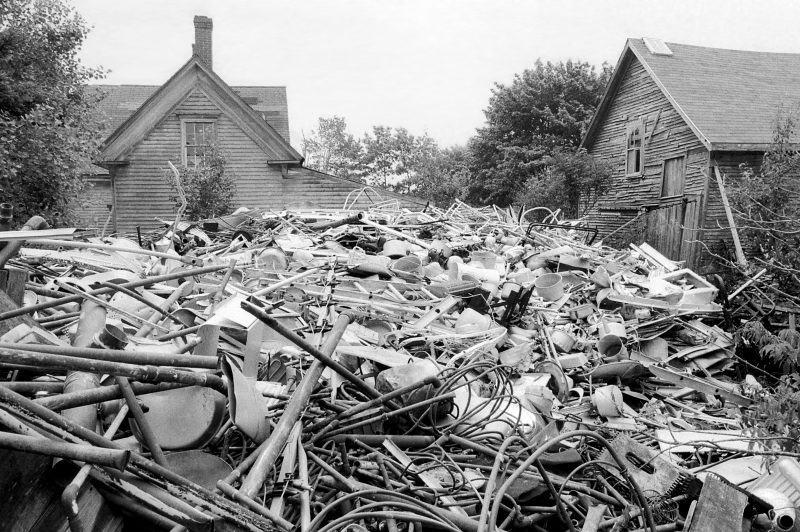 I had graduated from Boston University with a degree in French language and literature, not a degree in art or photography. Before I knew anything of photography, I wanted to be a writer. I wrote always about what I saw. In 1968 or so, I was given a Polaroid camera and the die was cast.
I had graduated from Boston University with a degree in French language and literature, not a degree in art or photography. Before I knew anything of photography, I wanted to be a writer. I wrote always about what I saw. In 1968 or so, I was given a Polaroid camera and the die was cast.
As a maverick photographer, I nurtured an interest in old natural history specimens and in the history of museums. My fascination led to collaborations with scientists and historians and several books. I discovered a love of altered ordinary objects and getting a studio became a necessity.
I did do a lot of writing, over the years, as it turned out. The subject matter shifted from diary to history, natural history, and biography. The writing became increasingly about working in natural history collections, about the atmosphere and inspiration that photography, light, and shadow, and subject matter evoke.
How do you choose your projects, what tends to draw you in?
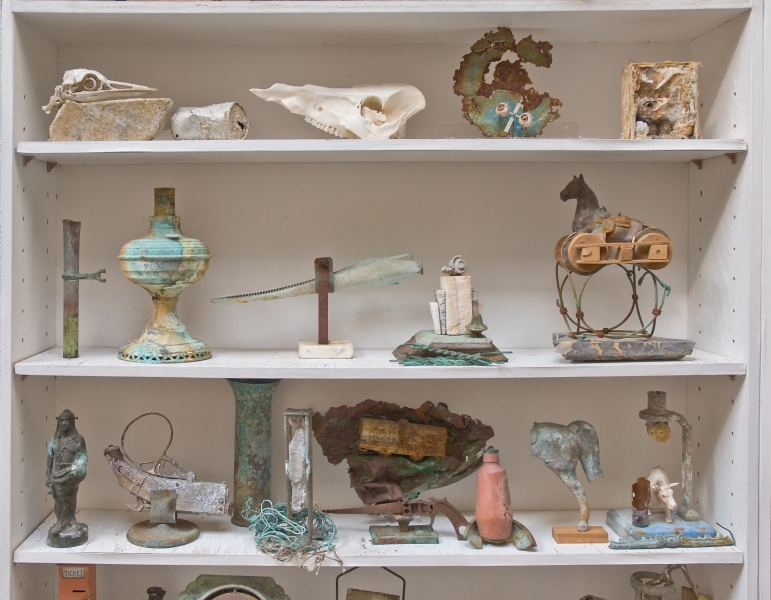 I developed two ways of choosing and developing projects over the years, either by assignment from museums and publishers, or in collaboration with scholars (in the subjects of natural history, Shakespeare, and magic). But mostly, day by day, I work by serendipity—by discovery of good subjects for the camera. The greatest example, was my discovery of a vast junk and antique scrap yard in Owls Head, Maine in the mid-1980s. I found ordinary household objects, scrap metal, and books, turned—by years, decades, in some cases centuries—into singular ruined objects, each transformed by decades of snow and summer heat into one-of-a-kind treasures. At that time our sons were in grade school and junior high. I brought the chosen objects back to our house in Medford, but was quickly encouraged to remove them. It seemed that incorporating jagged metal and rotting books into my daily life was not feasible
I developed two ways of choosing and developing projects over the years, either by assignment from museums and publishers, or in collaboration with scholars (in the subjects of natural history, Shakespeare, and magic). But mostly, day by day, I work by serendipity—by discovery of good subjects for the camera. The greatest example, was my discovery of a vast junk and antique scrap yard in Owls Head, Maine in the mid-1980s. I found ordinary household objects, scrap metal, and books, turned—by years, decades, in some cases centuries—into singular ruined objects, each transformed by decades of snow and summer heat into one-of-a-kind treasures. At that time our sons were in grade school and junior high. I brought the chosen objects back to our house in Medford, but was quickly encouraged to remove them. It seemed that incorporating jagged metal and rotting books into my daily life was not feasible
Please tell us a bit about your background. What brought you to Somerville, specifically the Brickbottom?
When I was in the second grade our family lived in Shady Hill Square, a ring of old stone houses, which, to this day, is separated by a wall from Beacon Street and marks the boundary between Somerville and Cambridge. My family lived in several different houses in Cambridge when I was growing up, and for a couple of years in the late 1940s we lived in Madison, Wisconsin.
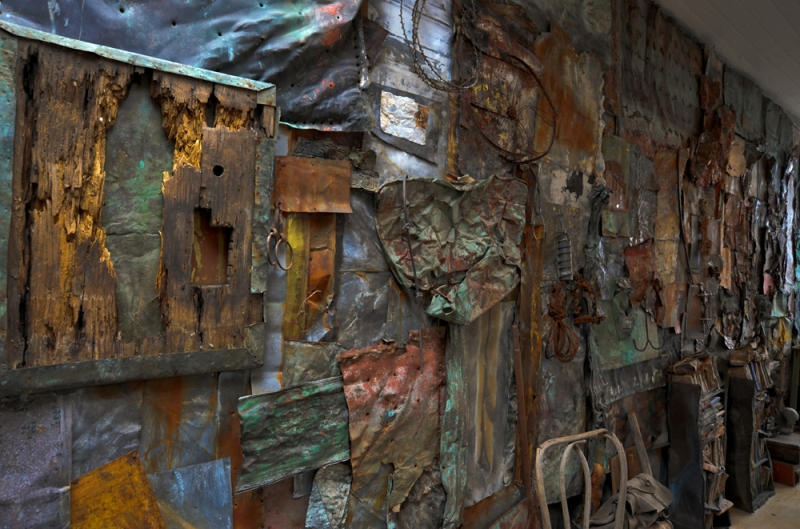 For my photography, Brickbottom became the indispensable place in which to work out my ideas. From the scrap metal, with a helper or two, I built variations of a wall that has traveled as an installation to other institutions. The studio gave me a venue in which to invent small scale exhibitions and to execute big plans for exhibitions and installations, both as commissioned and as solo projects (one of which has been shown in several museums across the country). The studio is also a place in which to store prints, to film, to entertain visitors and (occasionally…) clients seeking to buy photographs.
For my photography, Brickbottom became the indispensable place in which to work out my ideas. From the scrap metal, with a helper or two, I built variations of a wall that has traveled as an installation to other institutions. The studio gave me a venue in which to invent small scale exhibitions and to execute big plans for exhibitions and installations, both as commissioned and as solo projects (one of which has been shown in several museums across the country). The studio is also a place in which to store prints, to film, to entertain visitors and (occasionally…) clients seeking to buy photographs.
Over the years the ruined objects have provided excellent material for exhibitions, for meditation, and for answering or contemplating philosophical questions about the meaning of the life. While still visiting Owls Head, I made many notes about the mysteries of the material world, and interviewed the owner, Mr William Buckminster. In 2003 I wrote a book about the place, and the man, and my experiences: Owls Head: On the History of Lost Things.
What is your favorite Somerville diner, cafe, art- or other space? (If you have one.)
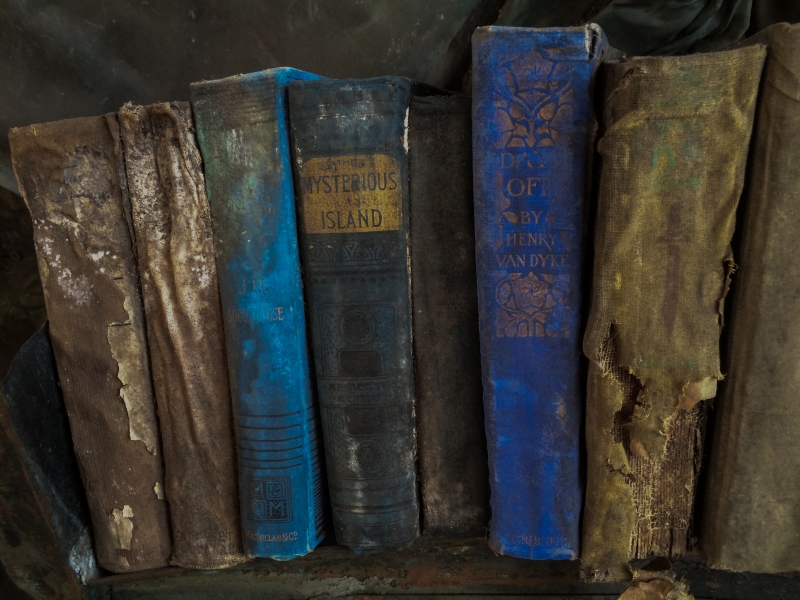 The society at Brickbottom has been a very important, spirit-lifting, piece of the picture! The present building management, the trustees, the gallery... I have enjoyed many shows in the galleries and participated in a number of them. Having a place in which to display work and also see the work of fellow artists helps provide a virtual sense of community. I do not live in the building, so I often see residents when I come and go, and during Open Studios, or by chance. Elevators are a place where artists always seem to be comfortable talking.
The society at Brickbottom has been a very important, spirit-lifting, piece of the picture! The present building management, the trustees, the gallery... I have enjoyed many shows in the galleries and participated in a number of them. Having a place in which to display work and also see the work of fellow artists helps provide a virtual sense of community. I do not live in the building, so I often see residents when I come and go, and during Open Studios, or by chance. Elevators are a place where artists always seem to be comfortable talking.
Also, our favorite Somerville store is Dave’s Fresh Pasta on Holland Street.
Is there an issue currently facing artists in Somerville that you think needs greater attention?
Once the expansion of the Green Line and all new building construction is complete, I hope that the City of Somerville will work assiduously to establish and assure more affordable housing for artists.
Where can our audience find more of your work?
See the documentary: An Art That Nature Makes, The work of Rosamond Purcell (available streaming on Tubi and Prime).
